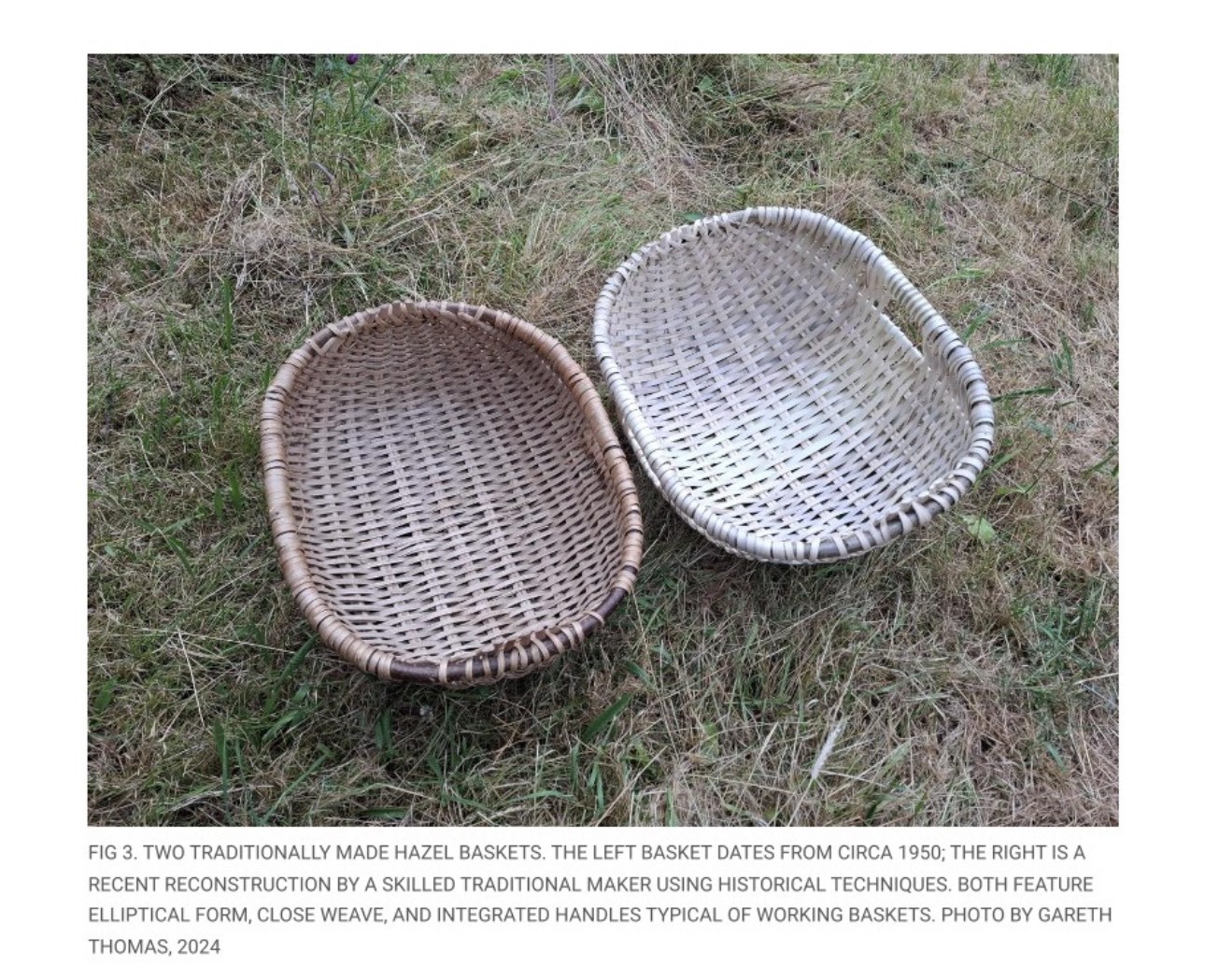
Posted in Blog on Apr 27, 2025.

Author: Gareth Thomas
At the centre of Wales’s economic transformation, shaped by its role as the first country to industrialise, lies a persistent legacy of environmental damage. Across the country, there are abandoned sites from former heavy industry, including old metallurgical works, derelict coalfields, disused mines, and polluted river systems. These former industrial places still carry both ecological and cultural scars. The end of extractive economies has left behind damaged ecosystems, as well as communities whose connection to place has been tested and transformed. These sites now present both challenges and opportunities as Wales seeks a just and inclusive environmental transition. It was with this in mind that the UK Parliament issued a call for evidence on how to revive former industrial landscapes in Wales.
In response to the Parliamentary call for evidence, we chose to focus on two places we know closely: Kilvey Hill in Swansea and the Towy River near Carmarthen. Each is politically sensitive in different but connected ways, and both reveal how the future of former industrial sites is shaped not only by environmental priorities but also by contested questions of local ownership, cultural memory, and long-term care.
This blog offers a snapshot of the issues we raised in our written submission. None of this would have been possible without the communities whose insights informed the work. The evidence is grounded in long-term engagement at both sites: through the research of Nigel Robins, community historian and geographer, with the Kilvey Hill Community Woodland Volunteers; and through the CoastalTales team’s fieldwork alongside coracle fishers on the Towy, whose deep knowledge and lived experience of the river have shaped our understanding throughout.
Kilvey Hill – From Slag to Woodland
The transformation of Kilvey Hill stands as a clear example of community-led environmental restoration. Once disfigured by industrial waste and toxic soils, the hill has gradually been returned to life through local effort. This large woodland area on Swansea’s east side had long been overlooked by planners. Its steep slopes and history of pollution made it unsuitable for housing development and unattractive to investors. For years, it was ignored.
That changed when a tourism development proposal, supported by Swansea Council and the Welsh Government, brought the hill back into public focus. The plan involves major infrastructure including a cable car system, bars, restaurants, and other commercial attractions. This has provoked a strong response from local residents and the community groups who have cared for Kilvey Hill for decades. Their message is clear: ecological restoration must not be separated from community value. For many, Kilvey Hill is not an untapped economic asset. It is a symbol of recovery and a shared space for community wellbeing.
The Towy River – A Question of Balance
The Towy River, meanwhile, flows through landscapes deeply shaped by industrial use and changing agricultural practices. Its waters have long supported traditional coracle fishing, a practice passed down across generations. For these fishers, the river is more than a resource. It is part of a cultural and historic relationship that cannot easily be captured in policy frameworks or environmental targets.
While projects such as 4RiversforLIFE and county-level efforts to tackle water pollution are welcomed in principle, they often focus narrowly on technical outcomes. This approach risks overlooking the communities whose lives and livelihoods are closely tied to the river. Without genuine dialogue, restoration can become another form of top-down intervention, well-intentioned but disconnected from lived experience. The result is a loss not only of trust, but also of the chance to draw on deep local knowledge of the river and its needs.
Why These Places Matter
Kilvey Hill and the Towy River remind us that landscapes shaped by industrial activity are not empty canvases waiting to be repaired or exploited. They are rich, complex environments, shaped by memory, labour, and long-standing relationships with local communities. Restoration, therefore, must go beyond technical fixes. It should aim to repair relationships between communities and land, drawing on memory as well as ecology. This is not about recreating an idealised past but about crafting meaningful futures in the face of environmental uncertainty. The restoration of these landscapes is not only a question of plants and water, but also of social justice and cultural continuity.
Conclusion – A Shared Future Rooted in Community
Kilvey Hill and the Towy River stand as compelling examples of why restoration must be guided by approaches that are ecologically responsible, culturally rooted, and socially inclusive. As Wales reckons with the enduring impacts of its industrial past alongside the pressing challenges of a changing climate, these landscapes remind us that regeneration cannot be imposed from above. It must be collaborative, attentive to the layered histories of place, and grounded in the lived experience of those who have long cared for and sustained these environments. Above all, it must recognise and honour the communities who continue to breathe life into these landscapes.
You can access the paper published as Written Evidence for Parliament to consider, by Gareth Thomas, Professor Luci Attala, Nigel Robins, and Professor Louise Steel, by following the link here.
A direct link to access the pdf can be found here.
Read the news item Written Evidence: The environmental and economic legacy of Wales' industrial past - BRIDGES


